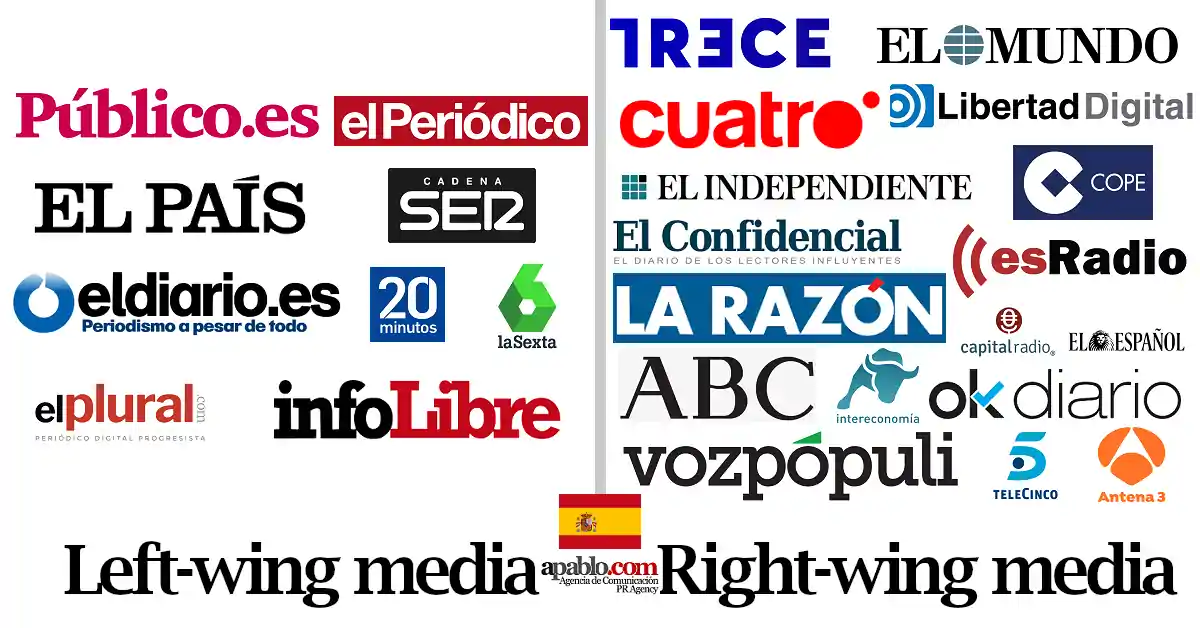All communication consists of a transmitter who sends a message to a receiver through a channel and with a code that both understand. However, in the field of corporate communication, a difference between internal and external communication has been established.

It is advisable to reflect both in a communication plan. A general plan that includes both types can be created. However, since there is a difference between internal and external communication, it is common to design two separate plans.
Learn more about what a communication plan is and what sections it has.
Do you need help with internal communication?
Send an email:
hola@apablo.com
Table of Contents
What are internal and external communication?
Internal and external communication are classifications of messages emitted by an entity, directed to different audiences, through various channels, and with a variety of purposes.
There is one aspect in which there is no difference between internal and external communication: both serve to strengthen the corporate image of an organization.
However, in practical terms, there are other differences.
What are the purposes of internal and external communication?
As they are directed to different audiences, there is a difference between internal and external communication concerning their usefulness.
Internal and external communication serve to:
Internal
- Improve the sense of belonging
- Efficiently protocolize processes
- Resolve daily work issues
- Obtain new ideas
External
- Strengthen the organization’s image
- Promote its products and services
- Improve its relationship with customers
- Create alliances with other entities
Types of internal and external communication
When we analyze both in more depth, we see a clear difference between internal and external communication.
Since each one is directed to different audiences, their typology also varies.
Types of communication:
Internal
- Ascending: This refers to messages sent by employees, suppliers, and shareholders whose recipients are higher-ranking management positions. They serve to raise questions, suggestions, ideas, complaints, and others.
- Horizontal: These are messages sent by employees, suppliers, and shareholders directed to individuals with a similar hierarchical level. They serve to resolve day-to-day work tasks.
- Descending: These are messages sent by individuals with responsibilities whose recipients are the people under their supervision. They serve to share instructions, remind of rules, make important announcements, or explain the company’s vision.
External
- Operative: These are messages that explain the operation of an organization and whose recipients are clients, suppliers, authorities, and others. For example: how to create an account on an online sales website.
- Strategic: These are messages that provide information to the organization itself and can be used to improve strategic aspects of the market. For example: the approval of a law, a market study, or the entry of a new competitor.
- Promotional: These are messages projected by an organization to promote its products and services or enhance its brand image. For example: an advertisement, a social media post, or a press release.
Audiences: Difference between internal and external communication
The main difference between internal and external communication lies in the audiences to which each one is directed:
Internal
Internal communication is directed at all individuals who have a direct relationship with an organization. For example: employees, suppliers, or shareholders. It refers to those messages that are exchanged within an organization.
External
External communication targets various entities outside the organization. For example: customers, media, institutions, and others. It includes messages projected outwardly from the organization.
Channels: Difference between internal and external communication
The channels used in both internal and external communication vary. The messages may be similar in both cases, but since the audiences are different, the communication channels also differ.
Internal
- Meetings and video conferences
- Internal network or intranet
- Work manuals
- Circulars and newsletters
- Bulletin boards
- Social media
External
- Advertising
- Press releases
- Website
- Social media
- Newsletter
- Printed brochures
- Conferences and trade fairs
As you can see, I have included social media as a form of internal communication.
It is becoming increasingly common for organizations to create internal dynamics on external communication channels as a way to gain visibility.
It’s not something I recommend, but some organizations do it.
Messages: Inward and Outward
As we have seen, there is not only one difference between internal and external communication. Audiences, purposes, and channels vary between the two.
However, messages do need to align in terms of values and content, but they can certainly differ in tone.
Tone
Internal
- Informative
- Formal
- Technical
- Inspirational
External
- Promotional
- Cheerful
- Exciting
- Provocative
And indeed, even though the values are the same, there is a difference between internal and external communication regarding the topics to be addressed. These are just some examples, as they depend on the organization.
Topics
Internal
- Changes in executive personnel
- Informational circulars
- Functioning of the departments
- Competition announcements
- And many others
External
- Announcement of a new product
- Publication of a study
- Journalistic information
- Technical Support Service
- And many others
Crisis communication
Many organizations establish a protocolized response to a situation that could harm their image. This is known as crisis communication.
These pre-established responses to difficulties also have a difference in internal and external communication.
Internal
In a challenging situation that may negatively impact an organization’s image, its executives can inform the employees first.
This way, they can explain the official version of the organization, as they will likely be asked by their friends and family.
External
When facing a severe crisis, it is advisable to establish a crisis management team that handles the circumstances.
All external information concerning these setbacks should come from this crisis management team, represented by a spokesperson.
If you are interested, you can read more about crisis communication.
Responsibility: Difference between internal and external communication
Depending on the organization, the person in charge of external communication may also handle internal communication.
However, many entities have a separate internal communication role. This is particularly common in organizations with multiple offices and departments.
In some cases, internal communication may also be managed by an external press office.
Conclusion
We have seen that there is a significant difference between internal and external communication.
Both may coincide in many aspects, such as the overall message of the organization. However, the fact that they target different audiences clearly influences the channels, tone of the messages, and topics addressed.
Confusing these two areas of communication can be inefficient and potentially risky in terms of media handling.
I hope you found the article useful 😊
Share it on social media, leave a comment!
If you need help with your internal or external communication, send me an email: hola@apablo.com











Leave a Reply Cancel reply